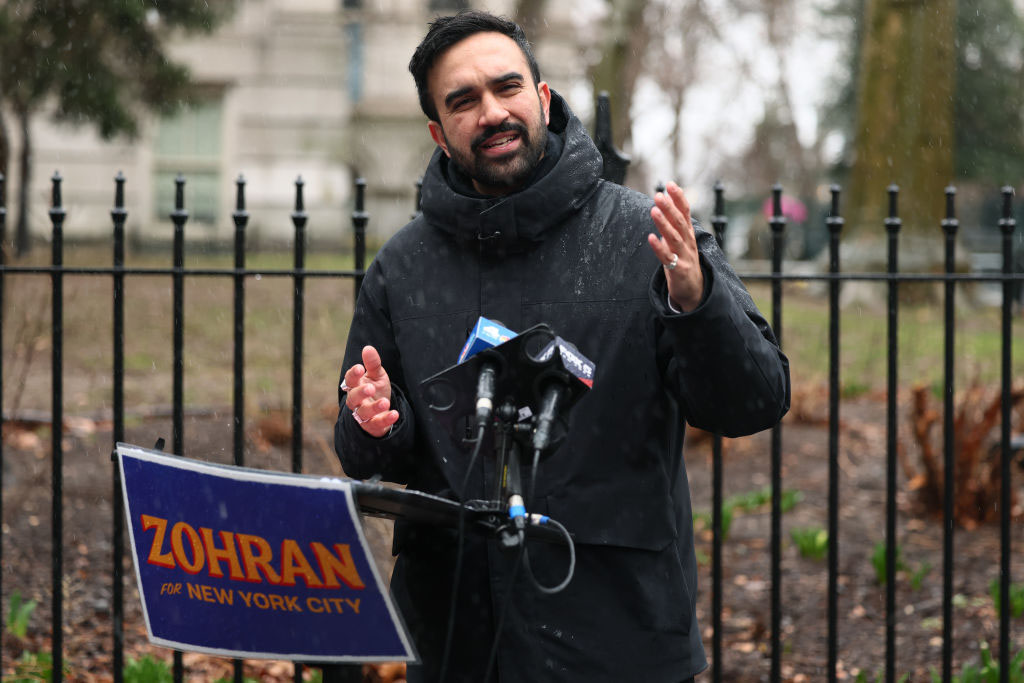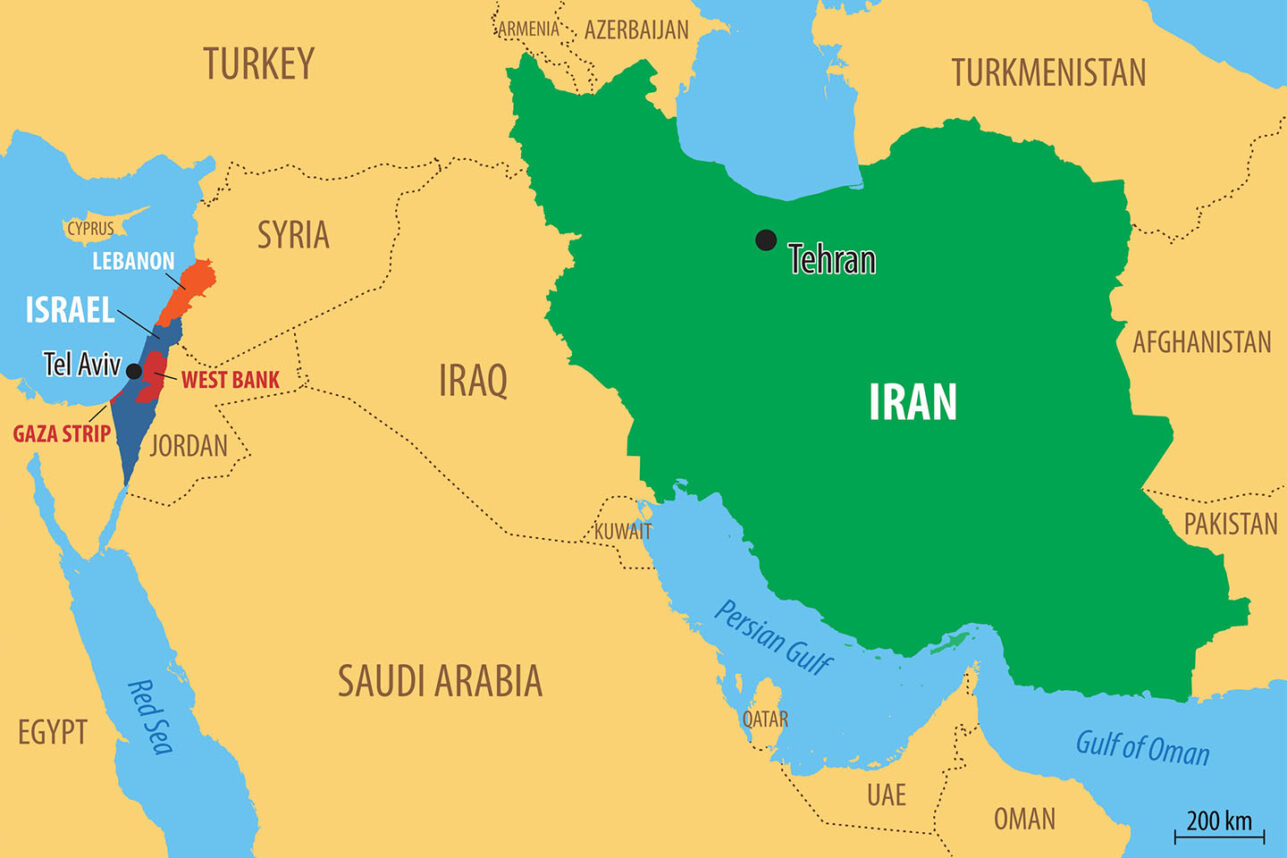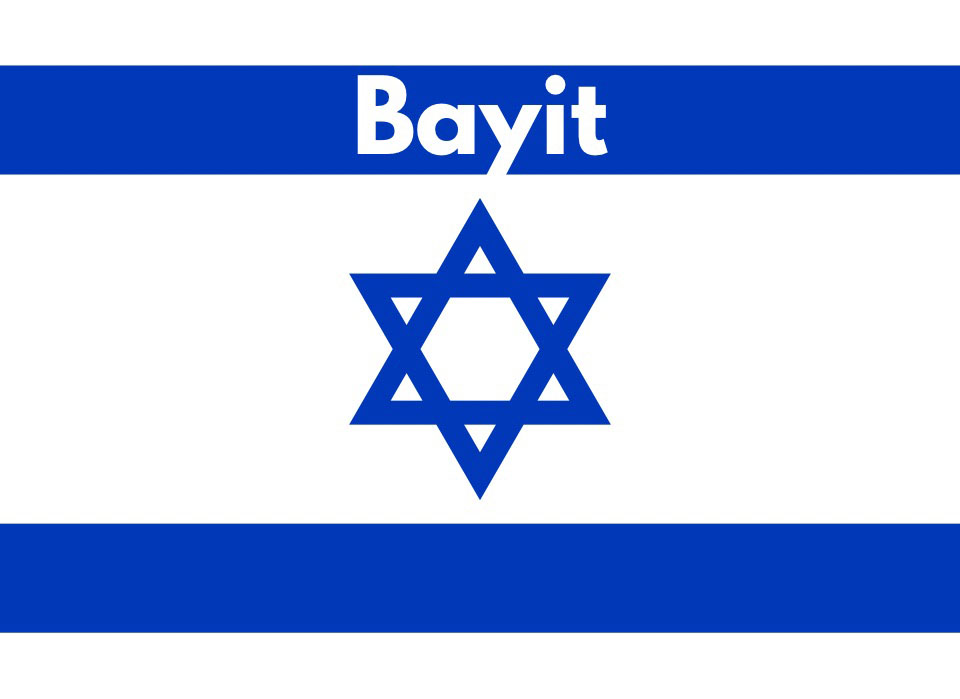"We have no intention of reconquering the Palestinian areas," Defense Minister Binyamin Ben-Eliezer told a news conference this week, repeating a common refrain of the Sharon government. Then he added a new twist, saying that Israel would not reoccupy Palestinian cities, villages and refugee camps "unless they force us to."
This is the direction Israel’s war against the intifada is taking. The status quo of the Israeli army’s presence in the West Bank and Gaza during the intifada is that soldiers deploy in and around settlements, around — but not inside — Palestinian cities and villages and patrol the roads between them.
However, ground incursions into Gaza and West Bank population centers — in Oslo terms, Area A — have become increasingly common, lasting for longer periods and involving more fighting and bloodshed as the guerrilla war goes on. The most visible example of Israel’s willingness to invade Palestinian turf is the siege that Israeli tanks and troops have laid to Yasser Arafat’s Ramallah headquarters.
Now there is a new incentive for Israeli infantry to go into Area A — the Kassam 2 missile, the first two of which were fired this week from Gaza. Palestinian missile launchers in Gaza and the West Bank have the ability to hit Ben-Gurion International Airport.
The missiles are primitive, inaccurate and in all likelihood less life-threatening than a suicide bomber. However, if they are employed against Israeli population centers, they create a situation whereby citizens of Israel proper cannot feel safe in their own homes. Sharon has warned that if the Palestinians fire the Kassam 2, it would ratchet up the war to a new level, and Israel would respond "in a manner that has not been seen until now."
By Wednesday, Israeli officials upped the ante. In what was described as Israel’s biggest operation in the Gaza Strip since the intifada began more than 16 months ago, large numbers of infantry, tanks and bulldozers entered three Gaza towns late Tuesday night.
As Palestinian gunmen, bombers and missiles come out of Area A in greater numbers, Israel’s leadership is coming up against a hard fact: If you want to fight terror, you have to go where the terrorists are.
There is a power vacuum in Gaza and the West Bank, and slowly Israeli troops are moving in to fill it. The difference between 1967-93 and 2002, however, is that the Palestinian population has ballooned to 3.3 million.
In addition, the Palestinians have tens of thousands of guns and heavier weapons, and hundreds — if not thousands — of young men and, evidently, a few women willing to die and kill for their cause. The one thing the Palestinans have less of than before is fear.
As Israel moves closer to the heart of the Palestinian Authority, the Israeli peace camp is moving in the opposite direction toward a unilateral withdrawal of soldiers and settlers from all of Gaza and isolated West Bank settlements. This marks a departure for the Israeli Left, which until now has favored a withdrawal only by negotiations with the Palestinians.
For nearly 17 months, Israel seems to have been caught in a political gridlock — stuck in a war of attrition with the Palestinians, with no attractive alternative being presented by the opposition. But the steady escalation of the fighting and bloodshed is beginning to force some movement — a polarization between the forces of the right, who still put their faith in soldiers and weaponry, and those on the left, who never had faith in those and have lost their faith in talking with the enemy, as well.

































 More news and opinions than at a Shabbat dinner, right in your inbox.
More news and opinions than at a Shabbat dinner, right in your inbox.